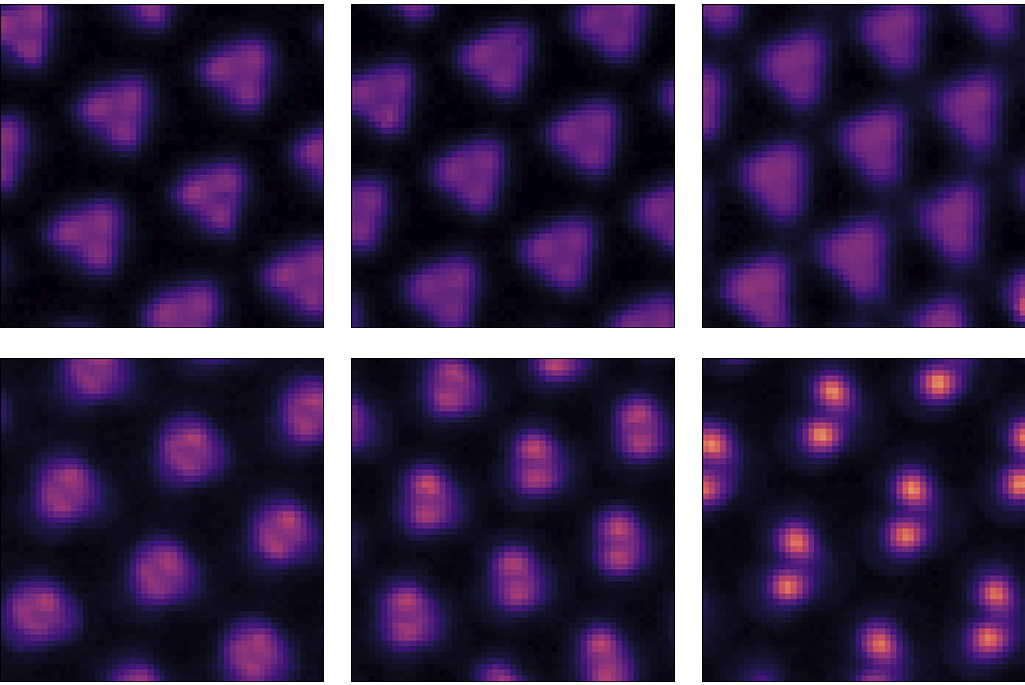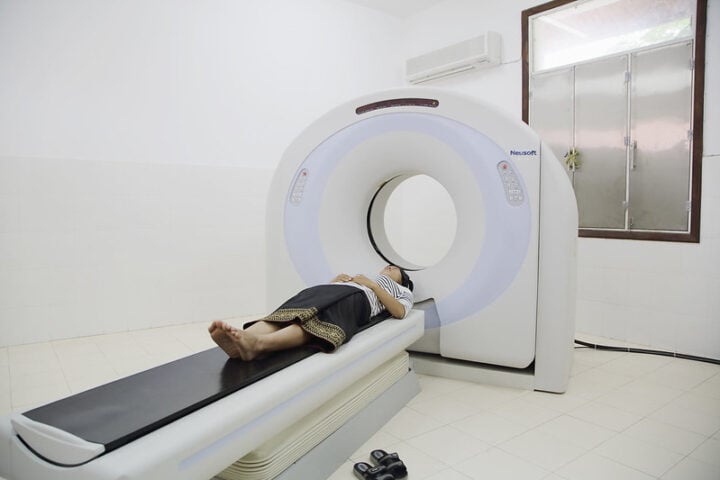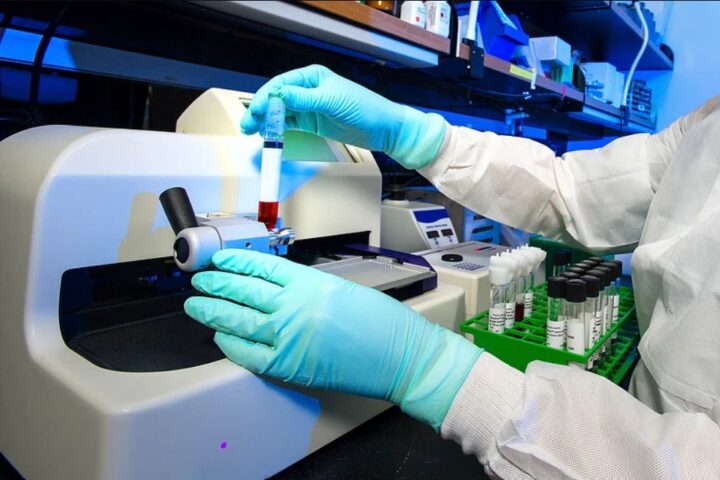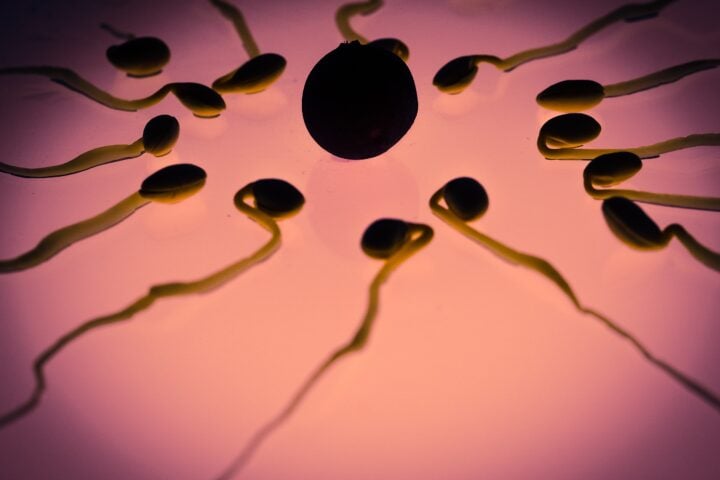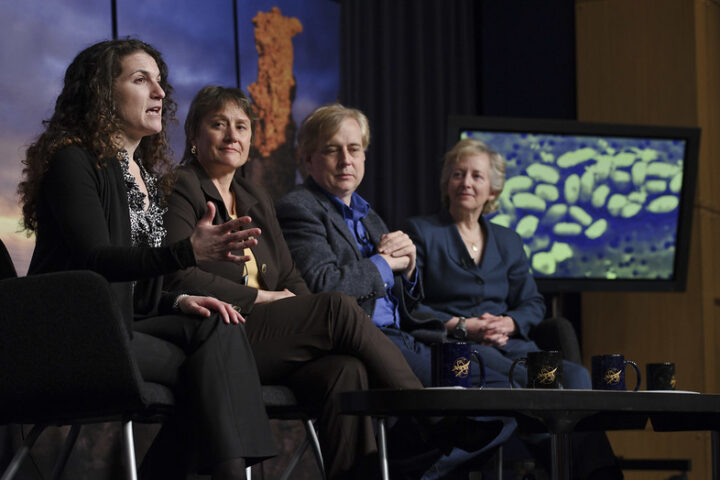Berkeley Lab and UC Berkeley physicists have accomplished what quantum scientists have dreamed of for the last more than half century- capturing direct images of Wigner molecular crystals, a quantum phase where electrons pair up to form “molecules” in an organized lattice. The breakthrough builds on Eugene Wigner’s 1930s theoretical prediction about electrons forming crystal-like structures.
“We are the first to directly observe this new quantum phase, which was quite unexpected,” notes Feng Wang, Berkeley Lab faculty scientist and UC Berkeley physics professor. The quantum waltz happens at ultra-low temperatures when electrons slow to near-standstill speeds.
The team used a refined scanning tunneling microscope (STM) technique that delicately preserves the fragile electron structures. They created a twisted tungsten disulfide (tWS₂) moiré superlattice at a precise 58-degree angle, sandwiched between hexagonal boron nitride and graphite. This quantum architecture confines electrons within 10-nanometer-wide cells – about 10,000 times thinner than a human hair.
Each nanoconfined space hosts 2-3 electrons that pair up into “molecules,” analogous to how atoms bond in conventional materials. These electron pairs then arrange themselves into an ordered crystal lattice – different from classic Wigner crystals’ honeycomb pattern.
Similar Posts
The quantum physics at play here involves both the wave-like nature of electrons described by quantum mechanics and their mutual electrical repulsion. At extremely low temperatures in the moiré superlattice, these competing forces drive electrons to form stable molecular pairs rather than moving freely.
This discovery extends the 2021 breakthrough by Wang and Michael Crommie’s team that first visually confirmed basic Wigner crystals. The molecular variant opens new possibilities for quantum technology development, particularly in areas requiring precise electron control.
The Department of Energy’s Office of Science and National Science Foundation supported this research, published in Science. Next steps include exploring how varying electron density affects crystal properties – knowledge that could advance quantum computing and simulation capabilities.
For quantum physics enthusiasts, this work exemplifies how modern nanoscale imaging techniques can reveal fundamental particle behaviors predicted by quantum theory. The visual confirmation of Wigner’s theoretical work demonstrates the deep connection between mathematical physics and observable quantum phenomena.
The research continues Berkeley Lab’s legacy of quantum science innovation, adding another chapter to our understanding of exotic states of matter. As we gain greater control over electron behavior at the quantum level, applications in quantum information processing, sensing, and simulation become increasingly tangible.
